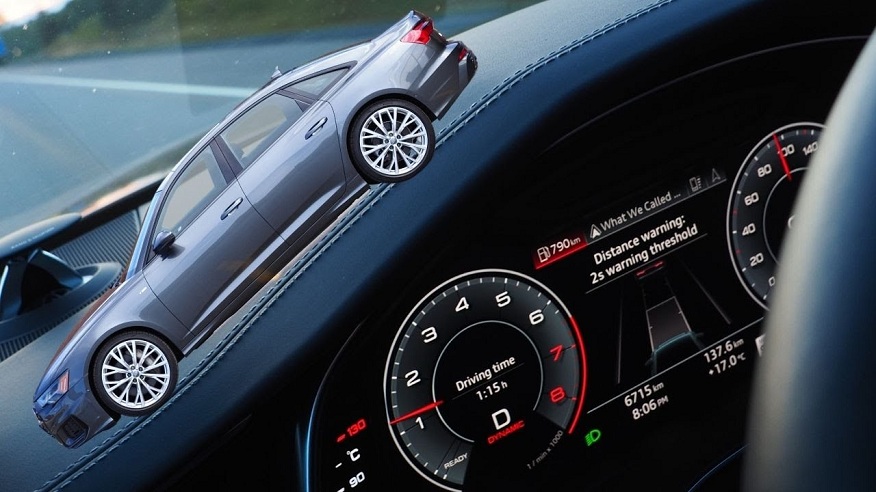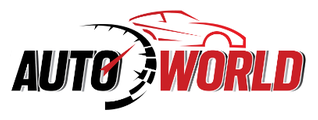
Decoding the Messages on Your Car’s Dashboard
Effectively managing the intricacies of your everyday vehicles demands consistent upkeep and a watchful eye to maintain peak functionality. However, situations may arise when a dashboard indicator light signals a potential issue, marked by distinct symbols that can be perplexing, especially during your travels.
Most motor vehicles incorporate similarly designed emergency lights, featuring standardized alerts that vary in severity—an essential aspect to grasp.
Primarily, red lights demand immediate attention, signaling urgency. These warnings encompass issues like improperly closed doors or low fuel, extending to more critical concerns such as problems with airbags, seatbelts, battery, power steering, transmission, and braking systems. Red lights in these categories could compromise safety until the issue is resolved.
Amber lights, sporting a subtle orange or yellow hue, function as advisories prompting timely investigation. While immediate action might not be imperative, a prompt resolution is necessary to prevent escalation. Examples include alerts about low fluid levels, like low washer fluid or low engine oil symbols. The check engine light, a significant amber warning, necessitates attention as it may signal issues such as engine damage, faulty wiring, an ill-fitting gas cap, or ignition system failure.
The check engine light, potentially hazardous yet frequently overlooked, is represented by an engine silhouette or the words “check engine” in capital letters. While there’s no cause for panic, promptly consulting a trusted mechanic is advisable to address potential serious issues.
Lastly, blue, green, and white lights serve as informational cues, posing less immediate concern. These lights typically pertain to safe driving or indicate active features rather than signaling a problem. Examples encompass symbols for lights like high beams or interior lights. When faced with an unfamiliar notification in these colors, consulting your vehicle’s manual or online resources before seeking professional assistance is recommended.
Whether you’re a new driver or seeking a refresher, cultivating a thorough understanding of your vehicle and its features is essential. For a comprehensive knowledge of additional dashboard lights, check out the following infographic.
Infographic provided by Goodwill Car Donations, learn more about vehicle donation in Virginia


